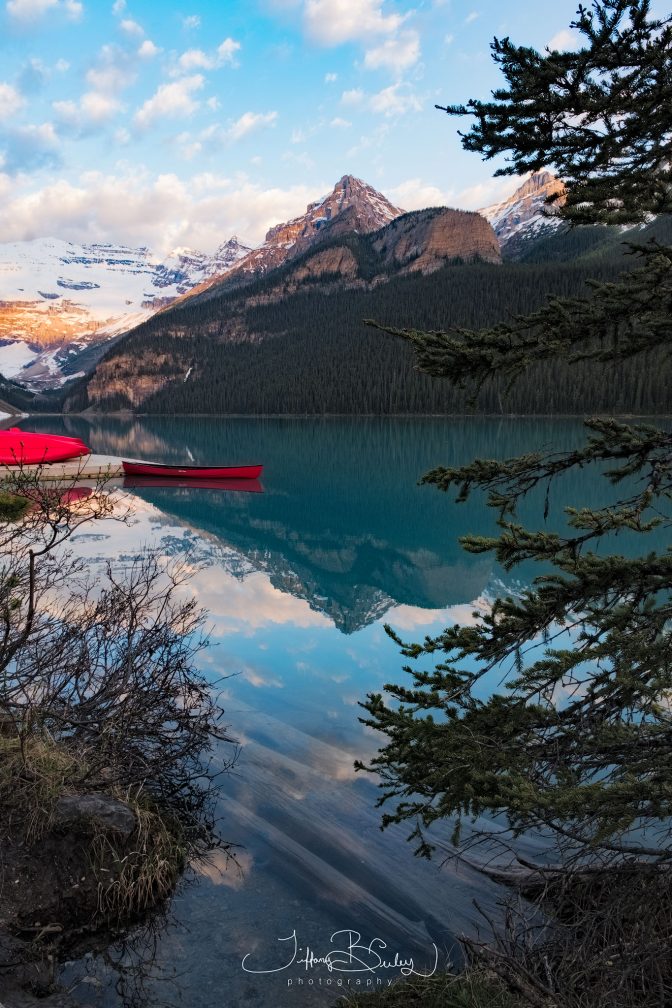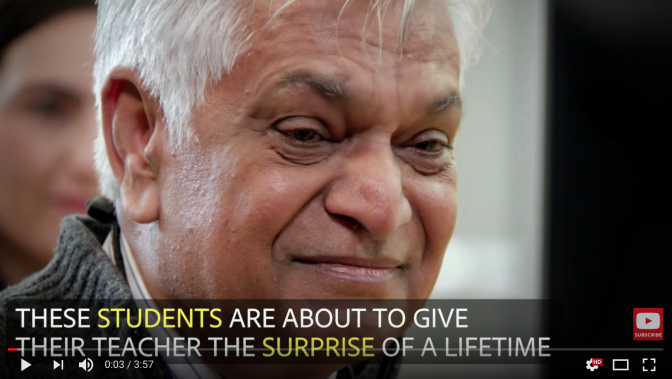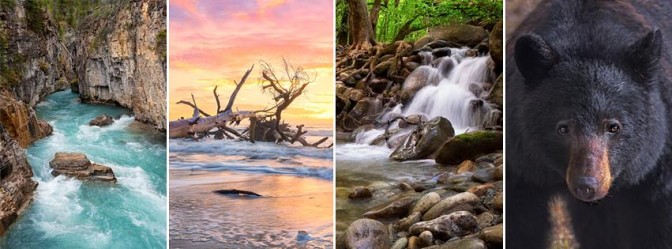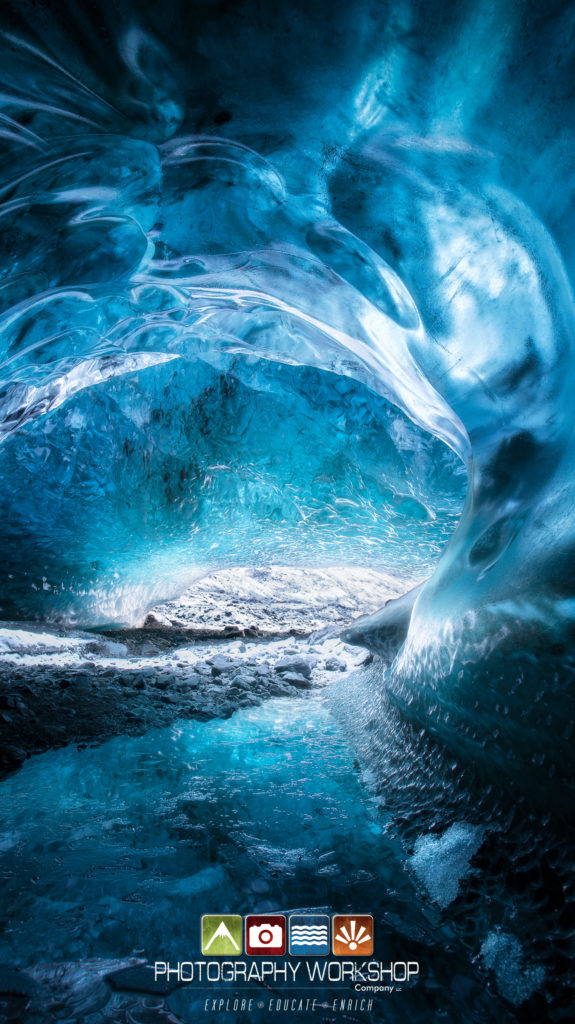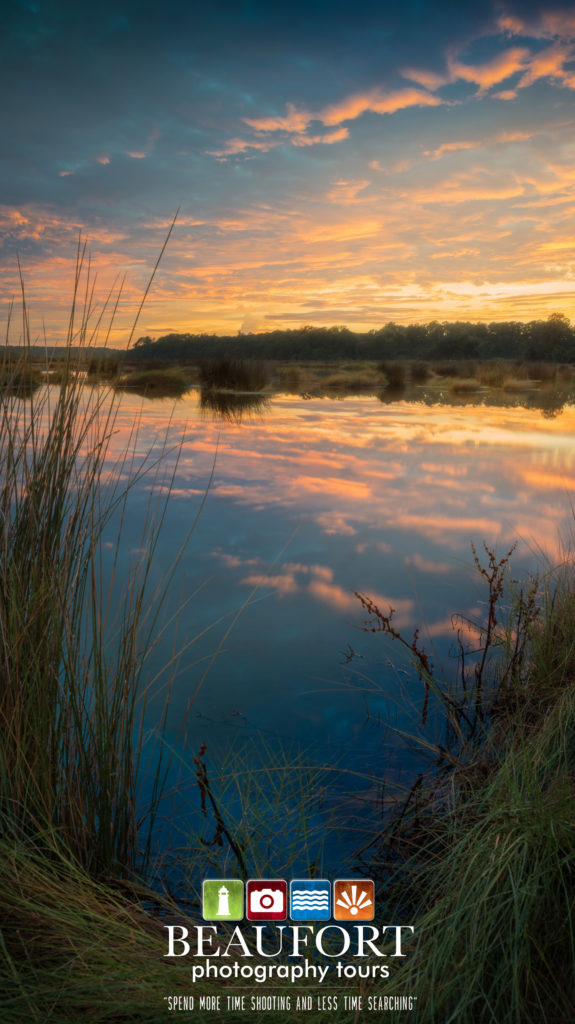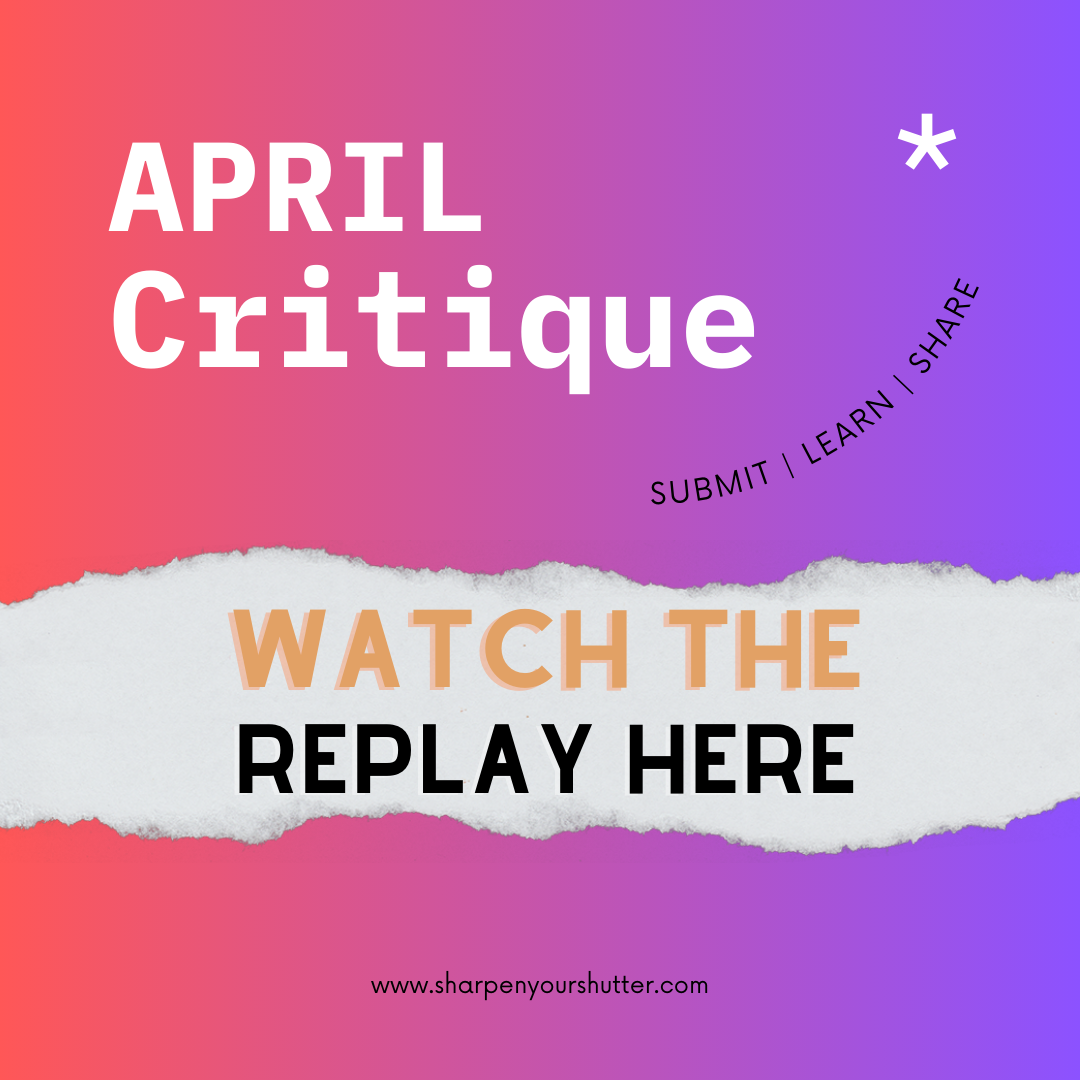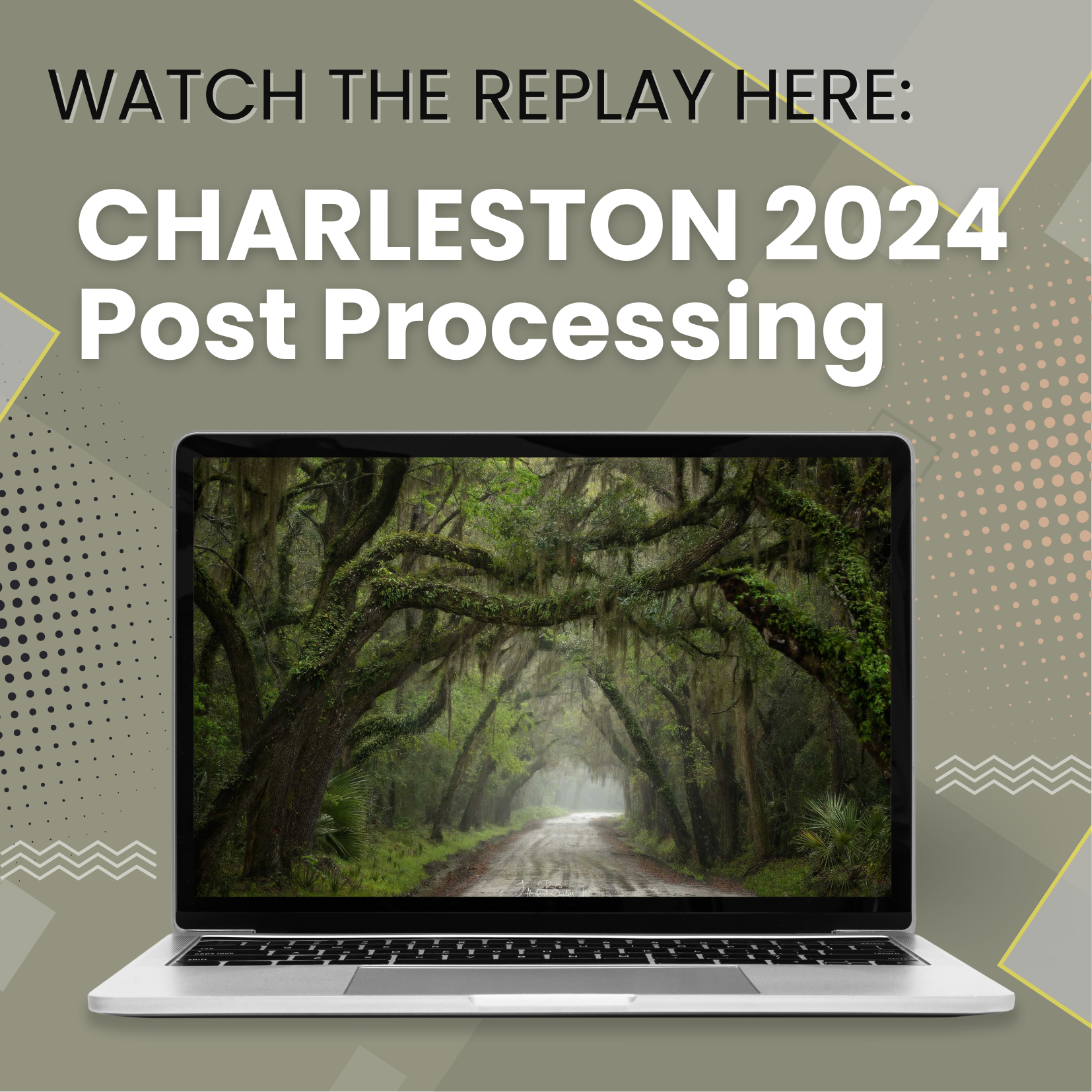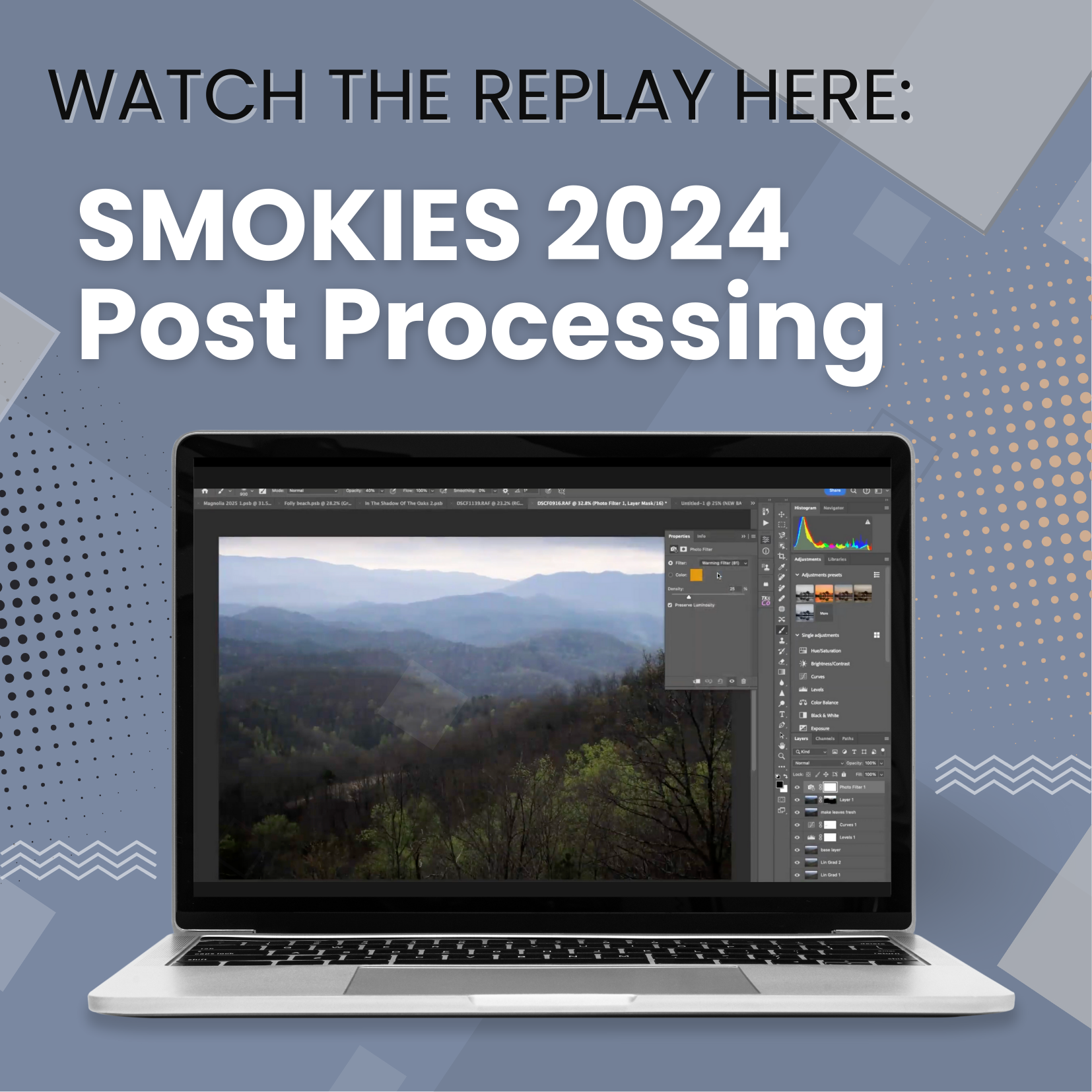While culture praises and promotes quick success, 4 hour work weeks, and instant gratification, most of us are keenly aware from life lessons that success rarely comes without hard work, persistence and laser sharp focus.
Looking at the ‘Father Of Photography’, it’s interesting to step back and join him in the 1920’s long before he became Ansel Adams, and simply was young Ansel. Born in 1902 with a grandfather who was a wealthy timber baron, Ansel grew up in a life of privilege for the first 5 years of his life. In 1907 the entire family fortune would collapse. In his early days as a young adult, we would have found him studying and intent on the piano being his primary occupation.
Young Ansel had trouble fitting in at school. He was naturally shy, and could possibly suffered from dyslexia. As a result, he was then tutored at home by his father and his aunt.  Early on Ansel took solace in his love for nature and long walks alone.
It was only when he first experienced the beauty of Yosemite Sierra that he picked up a camera that his parents had given him and began to photograph.  Something important shifted during those long days of exploration and they shy boy that could never quite fit in, started to become a man who found himself comfortably at home in the wilderness.
At 17 years old he joined the Sierra Club and became a “keeper” of one of the lodges. Unknowingly to him, we can see that those years of networking within the Sierra club would be his first steps into his destiny as a world renowned photographer. 3 years after joining, he would have his photographs and writings published in the Sierra’s 1922 Bulletin. 6 years later he would have his first solo exhibition at the club’s headquarters. At 25 years old and 5 years after his first published achievement, he would meet a patron who would pave the way and financially support him in his becoming Ansel Adams.
There’s a few important lessons that we can learn from his beginning and apply to our own lives:
1. His love for nature came before his love of photography.
I’ve had the opportunity to interview many big names in the nature photography community and I have noticed one key trait amount all of them: Their love of nature. Quite simply without passion it’s hard to sustain a desire to get out of bed while it’s still dark, or to sacrifice your mattress for the forest floor. Passion for nature places you on trails and your curiosity keeps one foot moving in front of the other when the incline becomes steep.
Ansel wouldn’t be Ansel Adams had not his love of nature been birthed.
2. He placed himself in a situation to be and do what he loved.Â
His love for nature caused him to step out of his comfort zone by surrounding himself with like-minded people who shared a common passion for wilderness.
There’s nothing more valuable and harder to fake than authenticity. His commitment to be present, to help where help was needed, as long as he was able to be present in nature is what led to his natural promotion within the Sierra Club and ultimately a seat on the board of directors.
Ansel wouldn’t be Ansel Adams had he not put himself in an uncomfortable position by putting himself out there.  Had he hid his photographs from his adventures in the mountains, or neglected to share them, he would have never been published.
3. Passion is easy to promote.
In 1927 Ansel would make his first “fully visualized photograph” (meaning he took a thoughtful approach to make an image based on knowledge of the gear and filters he had, combined with patiently waiting for the right light). In addition that same year he would challenge himself physically by making his first High Trip. Pushing himself further both physically and creatively would cause him to become noticed by a patron who would be a significant figure in his artistic life and helping him to become who he was supposed to become.
Ansel wouldn’t be Ansel Adams had he not pushed himself further both with his creativity and physically. Fostering his intrinsic need for creativity and expression through prints caused him to push further, wonder and contemplate different ways of doing things. Passion is easy to promote, but more importantly it’s contagious and something everyone wants to be around.
Although there will never be another Ansel Adams, we can reflect back on his life and his early beginnings as a photographer to take away valuable lessons to inspire and challenge us to love and preserve nature, to capture the beauty of what we experience from our travels, and share our passion with others.
I know I shall be castigated by a large group of people today, but I was trained to assume that art related to the elusive quality of beauty and that the purpose of art was concerned with the elevation of the spirit – Ansel Adams














 Image Credits: Mark Hanson, Warren Keller, Steve Mazlin, Rex Parker, Tommy Tse, David Plesko, Pete Proulx
Image Credits: Mark Hanson, Warren Keller, Steve Mazlin, Rex Parker, Tommy Tse, David Plesko, Pete Proulx Image Credit:  Åukasz Sujka
Image Credit:  Åukasz Sujka




